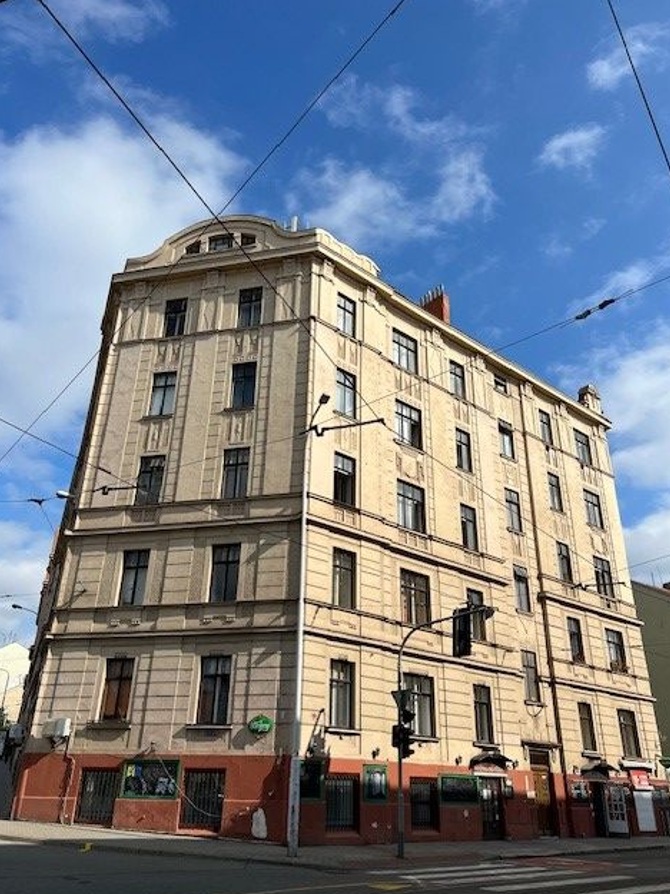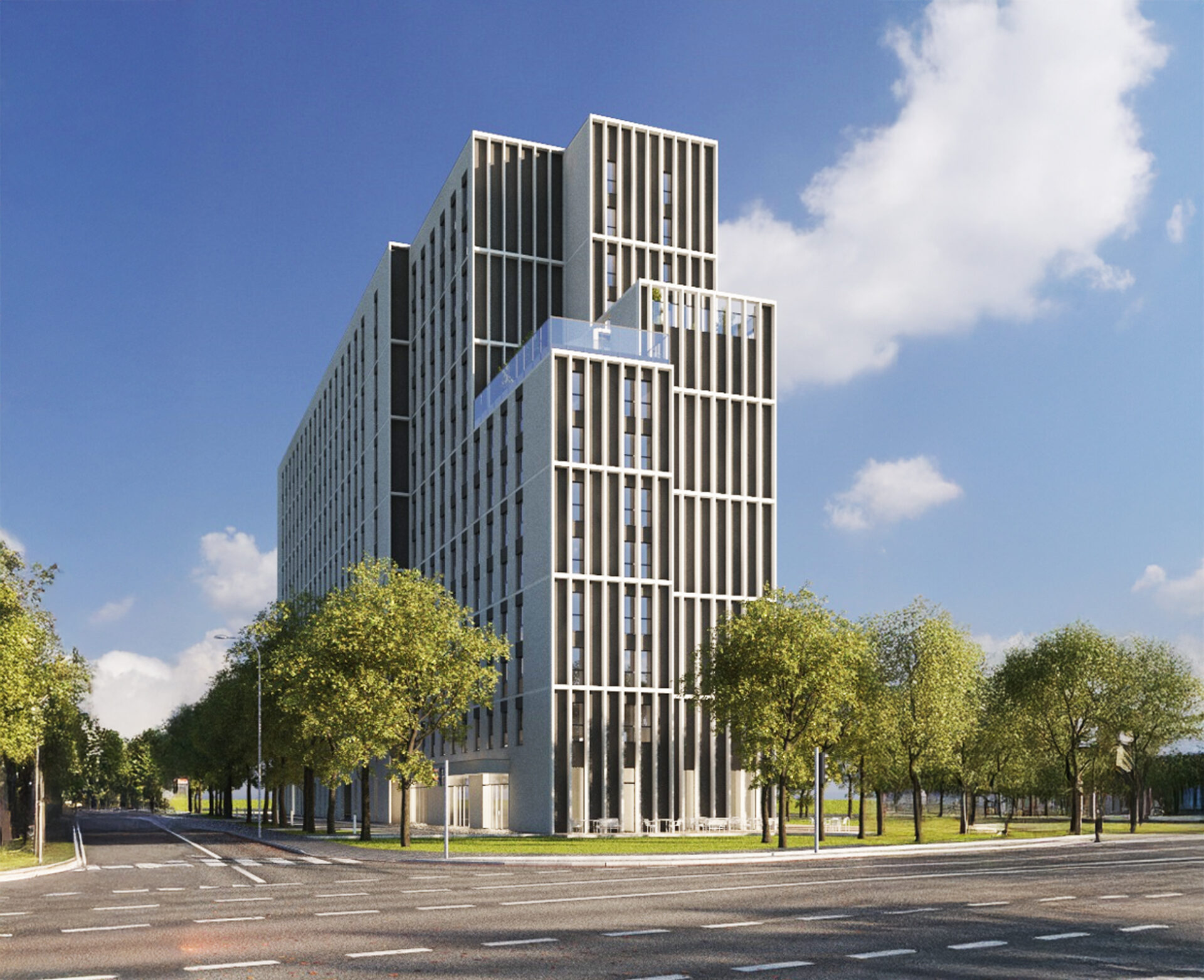Over €5.7 billion – this is how much investors spent on commercial real estate in Poland throughout 2021, of which in the last quarter alone, the amount attained over €2.2 billion. The latest report prepared by BNP Paribas Real Estate Poland indicates that the past year was marked by a further strengthening of the logistics and industrial sector, making up for losses by retail and the continued battle against Covid’s shortage of breath in the office sector.
The Polish commercial real estate investment market is trying to get back into shape. Although the result achieved in the past twelve months is weaker by almost 25%. compared to the record turnover volume recorded in 2019, but when compared to the first year of the pandemic, there is a positive growth of about 7%.
During the final quarter, as well as throughout 2021, the main source of profit for investors in Poland was undoubtedly the logistics and industrial sector, which is continuing to surpass its own records. Compared to 2020, it grew by 13%. BNP Paribas’ Real Estate Poland report clearly indicates that investors have invested nearly €3 billion in warehouses, logistic facilities and industrial space, which is more than half of the total investment volume.
“Despite the impact that the pandemic has left on commercial real estate, the past year can be assessed with a shy dose of optimism. Investors, developers, tenants as well as real estate users to a greater extent got used to the situation, as well as to the multitude of changes dictated by the health crisis. Many industries have rebounded and are now focusing on catching up. We can also see that transactions are accelerating and revival is visible in all investment sectors. Although it is difficult to unequivocally judge as to the resulting phenomena of the pandemic, and thus the development of economies and various markets, the common denominator for 2022 may be further optimism and caution in making decisions,” says Mateusz Skubiszewski, Head of the Capital Markets Department, BNP Paribas Real Estate Poland.
Retail is slowly getting back on its feet.
Last year, an increase in footfall was observed in shopping centres, although there is still a gap with the levels of 2019. Turnover, whose levels approached periods before the health crisis, helped in making up for the losses after the lockdowns. A positive signal was the increase in the average expenditure of people visiting retail facilities, which was a direct consequence of less frequent visits, but a much larger basket of goods purchased when visiting such retail locations.
The returning to fitness retail sector, generated transactions worth nearly €900 million in total volume throughout 2021. 56 transactions were concluded, covering approx. 100 commercial properties of various types, which together contributed to a result that was 34% better than in 2020.
“The pandemic has very rapidly created new habits and purchasing expectations. Retail parks benefited the most from quick, convenient shopping close to home. However, one cannot ignore the fact that after removing various restrictions, most of us were quite eager to return to large, multi-functional shopping centres having the broadest retail offer. We have learned to use them in a responsible and safe way,” says Karolina Wojciechowska, from the Capital Markets Department, BNP Paribas Real Estate Poland.
Last year, investors finalised the greatest number of transactions – 18 – which involved retail parks. These constitute a good prospect for this asset group. The report indicates that 30% of all transactions concerned older generation retail facilities, the vast majority of which, almost 75%, were for the sale of properties belonging to the Tesco chain. In 2020, 17 shopping centres were sold; 25% of the total volume was generated by two M1 sales, including Marki and a portfolio of four others located outside of Warsaw.
Demand will return for quality offices.
The past year did not provide a conclusive answer to the ongoing question of when and in what shape or form employees would return to their desks for good. Despite this, the investment market in this sector has not come to a halt, in fact, the forecasts for 2022 seem optimistic.
This sector, despite a record-breaking final quarter in ‘21, finally ended the year with a balance sheet of over €1.7 billion and a loss of 14%, when compared to the 2020 result. This was due to, among others, moderate demand and changes in its structure, optimization of space during lease renewals, the increased importance of remote work, as well as protracted transaction negotiations. Experts from BNP Paribas Real Estate Poland indicate that some of the negotiations from 2021 will reach a conclusion in 2022.
The report shows that the majority of money were spent on projects located in Warsaw, in fact, more than 70% of the overall transaction volume. In total, throughout 2021, more than 40 purchase and sale agreements were concluded for more than 60 office buildings. The largest transactions were: the sale of the flagship Metropolitan office building, which was transferred to the American headquartered Morgan Stanley for over €240 million, and the sale of assets from the BUMA Group portfolio for around €200 million.
Stable capitalization rates and an influx of capital from Europe.
The average capitalization rates for the best assets remained unchanged in the last quarter. In the case of offices, they amounted to 4.7%, while warehouse facilities without an e-commerce operator were 4.5% in Warsaw and about 4.75% in zones outside of Warsaw. Only the rates for logistics facilities with an e-commerce operator were squeezed, approaching a level of 4%. Over the last three months, the capitalization rates for the best retail parks have been 7%, while for shopping centres it has been estimated at 5%.
Experts from BNP Paribas Real Estate Poland emphasize that in 2021 the majority of capital that was committed to Poland came from Europe, about 40% of the total, with Germany as the leader. Subsequently, 26% were North American investments. 13% accounted for Asian countries, mainly Singapore, South Korea and China.







